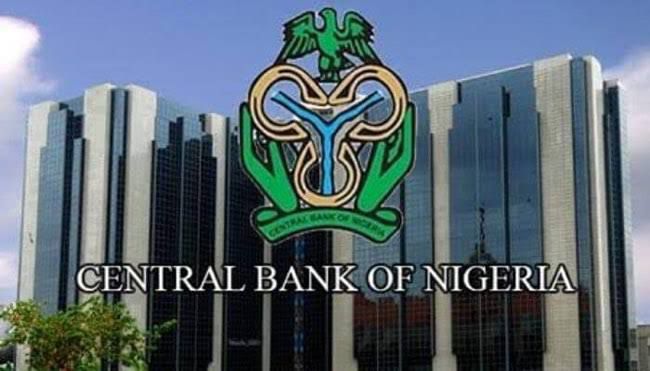
The Central Bank of Nigeria (CBN) significantly scaled back its lending in 2024, slashing net loans and receivables by more than N4 trillion. This development comes amid reforms aimed at curbing fiscal dominance and promoting greater monetary discipline.
According to the apex bank’s audited financial statements, net loans and receivables dropped from N16.12 trillion in 2023 to N11.98 trillion in 2024 at the bank level—a decline of N4.15 trillion. At the group level, the figure fell from N15.09 trillion to N10.96 trillion, marking a reduction of N4.13 trillion.
The most notable reduction was recorded in the overdraft extended to the Federal Government under the controversial Ways and Means provision. This facility, governed by Section 38 of the CBN Act, allows temporary financing of up to 5% of the government’s previous year’s revenue. However, the previous administration had exceeded this statutory cap, prompting concerns over inflation and fiscal discipline.
To address this, the National Assembly approved the securitisation of N22.7 trillion worth of these advances in 2023, converting short-term overdrafts into longer-term debt. The Federal Government has so far repaid N7.3 trillion of this amount, reflecting a shift towards reduced central bank financing.
Consequently, the overdraft balance dropped from N7.95 trillion in 2023 to N3.27 trillion in 2024—a sharp decline of 58.89%.
The cutback aligns with Governor Yemi Cardoso’s reform strategy, which emphasizes monetary stability and the reduction of CBN’s direct fiscal support. Supporting this shift, earnings from the overdraft facility dropped dramatically from N1.6 trillion in 2023 to just N3.1 billion in 2024.
Conversely, the bank’s Standing Lending Facility (SLF)—used to address short-term liquidity issues within the banking sector—rose from N29.43 billion to N386.9 billion, signaling a more active interbank market.
Meanwhile, long-term loans increased from N2.01 trillion to N2.72 trillion, indicating continued investment in targeted financing programmes. The CBN’s exposure to Asset Management Corporation of Nigeria (AMCON) Notes also rose slightly, from N3.90 trillion to N4.14 trillion.
In a move to wind down controversial intervention programmes, the CBN recovered N253 billion in 2024 from loan beneficiaries. Promissory notes previously valued at N23 billion were fully cleared, while a N802.9 billion debenture under the NESI Stabilisation Strategy—used to support liquidity in the power sector—was reduced to zero.
Gross loans at the bank level fell from N17.42 trillion in 2023 to N13.78 trillion in 2024, while the group level declined from N16.39 trillion to N12.77 trillion—reflecting a total contraction of over N3.6 trillion.
Despite the drop in lending, the CBN increased its Expected Credit Losses (ECL) provision, with the allowance rising from N1.3 trillion to N1.8 trillion, indicating tighter credit risk management.
The drop in CBN’s net lending reflects a broader push toward institutional reform and financial system stability. While the reduction in Ways and Means loans suggests a move toward improved fiscal discipline, it also highlights the evolving role of the CBN under the current administration—focusing less on deficit financing and more on price stability and regulatory oversight.